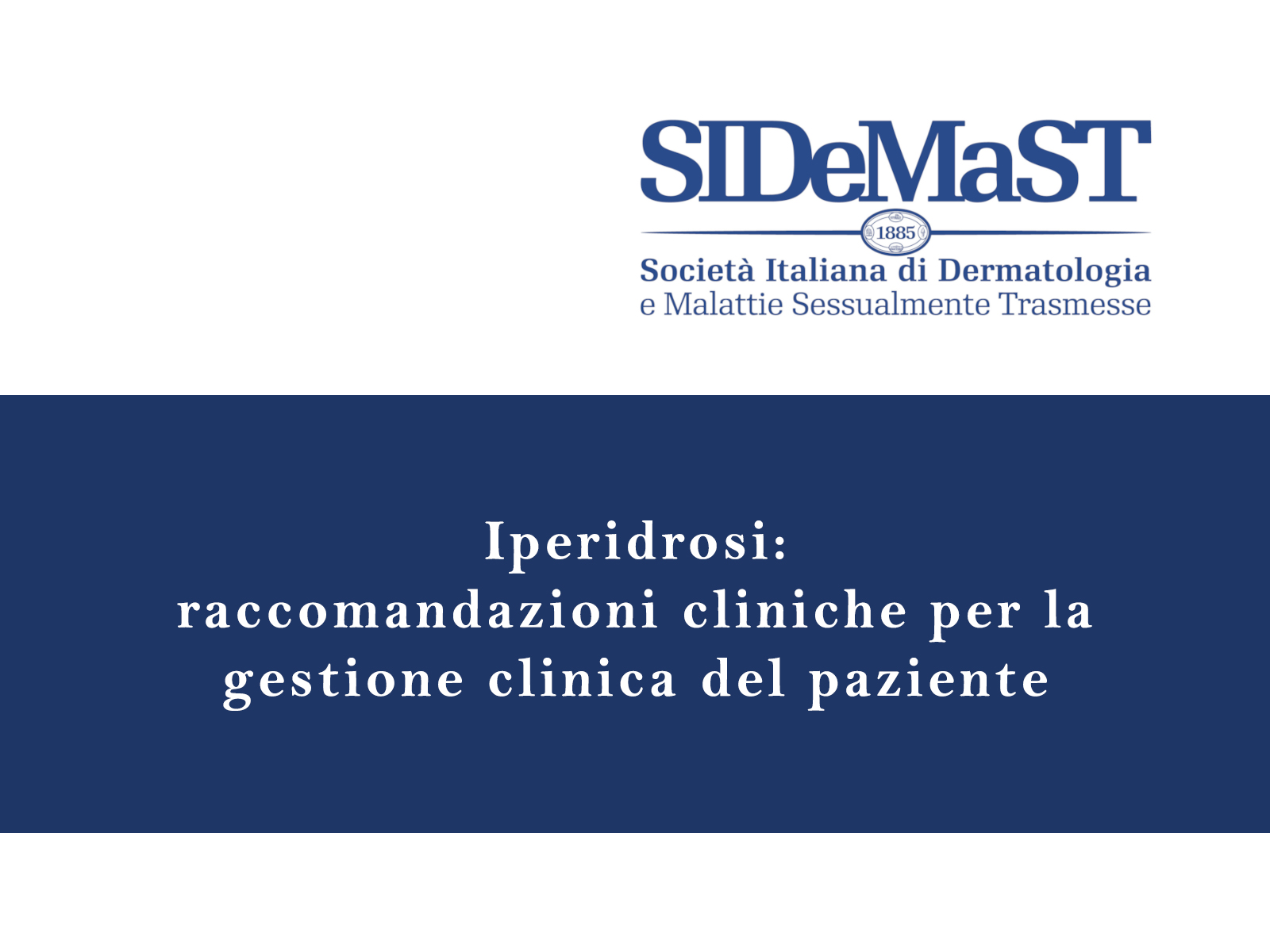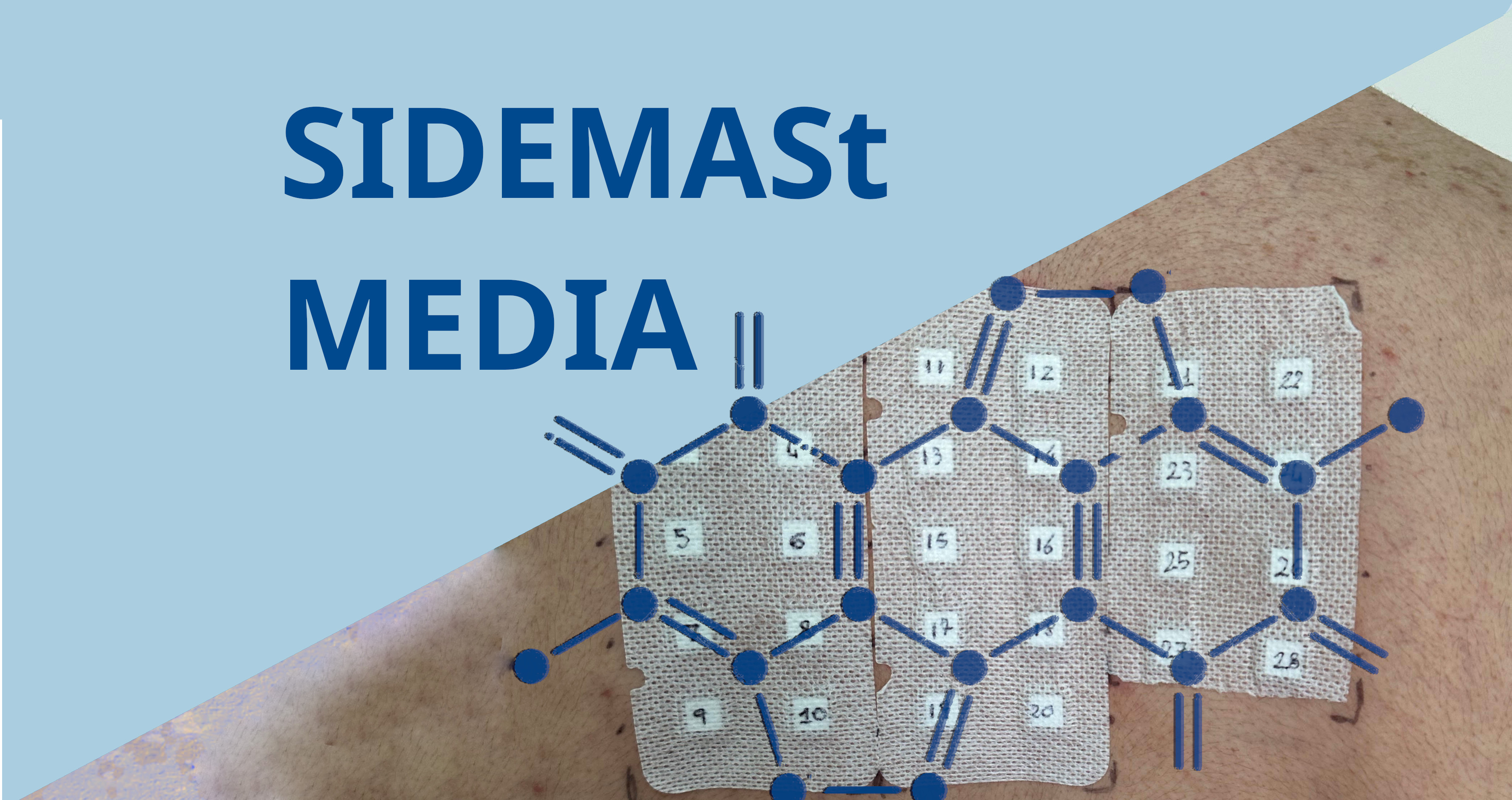Patients with chronic idiopathic/spontaneous urticaria (CIU/CSU) achieve improvements in sleep when treated with the humanised anti-immunoglobulin E (IgE) monoclonal antibody omalizumab, according to results from a data analysis of three phase 3 studies presented here on June 7 at the European Academy of Allergy and Clinical Immunology (EAACI) 2015 Congress.
CIU/CSU symptoms often result in poor sleep quality and inadequate sleep duration, noted lead investigator Evgeniya Antonova, PhD, Genentech, Inc., San Francisco, California.
The studies included in this analysis enrolled patients 12 to 75 years of age who remained symptomatic despite treatment with background therapy (H1 anti-histamine use at approved doses in the ASTERIA I and II studies and H1 anti-histamines plus H2-antihistamines, leukotriene receptor antagonists, or both in the GLACIAL trial).
Study participants in these trials had been randomised to dosing at 4-week intervals with placebo or omalizumab 75mg, 150 mg, 300 mg (ASTERIA I, n = 318, 6 doses and ASTERIA II, n = 322, 3 doses); or placebo versus omalizumab 300 mg (GLACIAL, n = 335, 6 doses).
Dr. Antonova and colleagues assessed sleep using the sleep-interference question on the Urticaria Patient Daily Diary (UPDD), the sleep-problems dimension on the Chronic Urticaria Quality of Life Questionnaire (CU-Q2oL), and the sleep-problem index II on the Medical Outcomes Study Sleep Scale (MOS-SS SPI-II).
At enrollment, patients from these trials reported substantial sleep impairment, with mean scores ranging from 11.2 to 12.6 for the UPDD, 45.1 to 49.4 for the CU-Q2oL, and 47.4 to 49.2 for the MOS-SS, SPI-II.
Improvement in sleep quality was noted at week 1 for the UPDD and week 4 for the CU-Q2oL and MOSS.
By week 12, the team noted sleep improvements in all treatment arms; patients treated with omalizumab 300 mg experienced the largest improvements.
Compared with placebo, Dr. Antonova and colleagues observed improvements with omalizumab 300 mg in mean sleep scores for all measures, from baseline to week 12, in ASTERIA I, ASTERIA II, and GLACIAL, respectively: UPDD: -9.6 (P < .001), -9.2 (P < .001), -9.2 (P < .001); CU-Q2oL: -30.2 (P = .052), -33.3 (P < .001), -29.4 (P < .001); MOS-SS SPI-II: -18.1 (P = .025), -14.8 (P = .029), -19.0 (P = .029).
Change was also significant versus placebo for UPDD with omalizumab 150 (ASTERIA I): -7.1 (P = .044), but was not significant with omalizumab 75 or omalizumab 150 in the other studies.
Sleep continued to improve between weeks 12 and 24 for patients receiving omalizumab 300 mg in ASTERIA I on the UPDD: -10 (P = .009)] and GLACIAL on the UPDD: -9.4 (P < .001), CU-Q2oL: -30.2 (P < .001), and MOS-SS SPI-II: -19.6 (P = .003)].
Funding for the ASTERIA, ASTERIA II, and GLACIAL studies was provided by Genentech, Inc., San Francisco, California, and Novartis Pharma AG, Basel, Switzerland.









